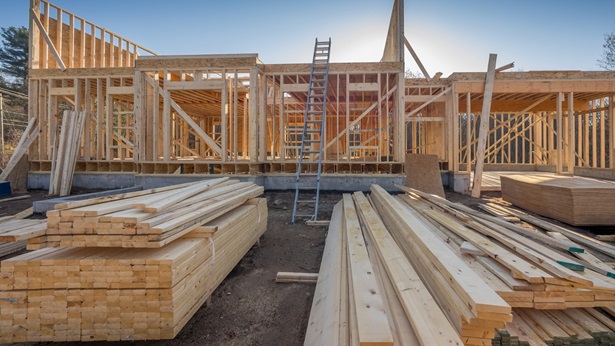Rising Tariffs Will Hinder the Home Building Industry

NAHB is continuing to lead the fight against rising tariffs because of the detrimental effect the additional costs will have on housing affordability. These tariffs essentially act as a tax on American builders, home buyers and consumers.
Related News
View all
Materials Costs Affect Housing Affordability
The U.S. and Canada must reach a long-term trade agreement on softwood lumber.

How Tariffs Impact the Home Building Industry
Inflationary pressures and trade uncertainty are driving up the cost of new homes.

United States-Canada-Mexico Agreement
This free trade treaty that went into effect in July 2020 to replace NAFTA.

